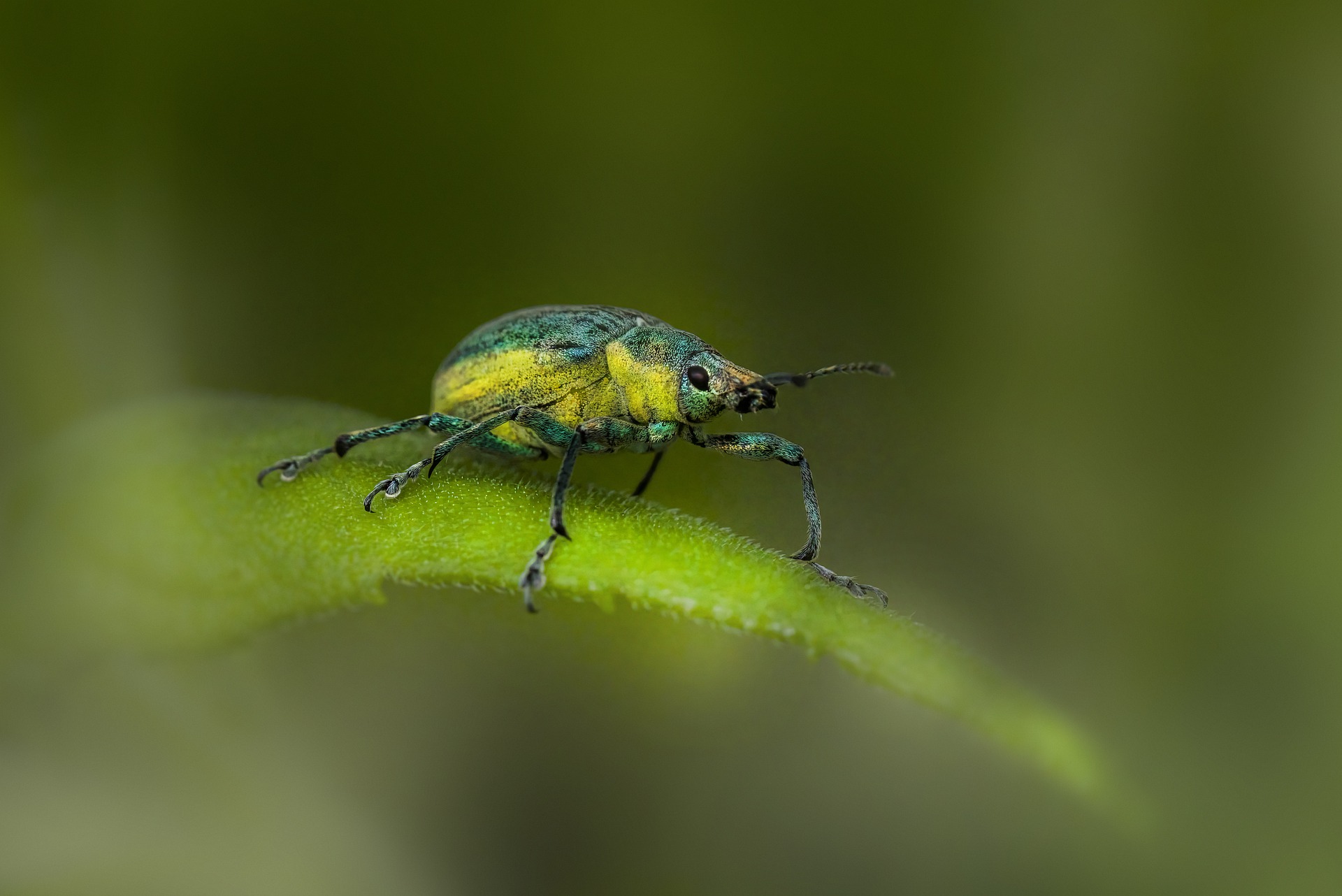Chlorophanus viridis is not a true weevil (family Curculionidae), but rather a species of leaf beetle (family Chrysomelidae). Leaf beetles and weevils belong to different families within the order Coleoptera.
Chlorophanus viridis, commonly known as the Green Dock Beetle or Green Dock Leaf Beetle, is a species of leaf beetle found in Europe. Here are some key features and characteristics:
- Appearance: Chlorophanus viridis has a bright green coloration, which is characteristic of many leaf beetle species. It has an elongated body with a slightly flattened shape. Adults typically measure around 5-6 millimeters in length.
- Habitat: This species is commonly found in various habitats, including grasslands, meadows, gardens, and agricultural fields. It often feeds on plants in the dock family (Rumex spp.), which includes species like broad-leaved dock and curled dock.
- Diet: As a leaf beetle, Chlorophanus viridis feeds primarily on the leaves of its host plants. The larvae and adults consume plant tissue, which can sometimes result in damage to cultivated crops or garden plants.
- Lifecycle: Chlorophanus viridis undergoes complete metamorphosis, with four life stages: egg, larva, pupa, and adult. The larvae typically feed on plant leaves, while adults may continue feeding and mating.
- Ecological Role: While Chlorophanus viridis may be considered a pest in some agricultural settings due to its feeding habits, it also serves as a food source for various predators and contributes to nutrient cycling in ecosystems.
Overall, Chlorophanus viridis is an interesting and colorful species of leaf beetle that plays a role in the ecology of its habitat.
Views: 49
Subscribe to the newsletter:
